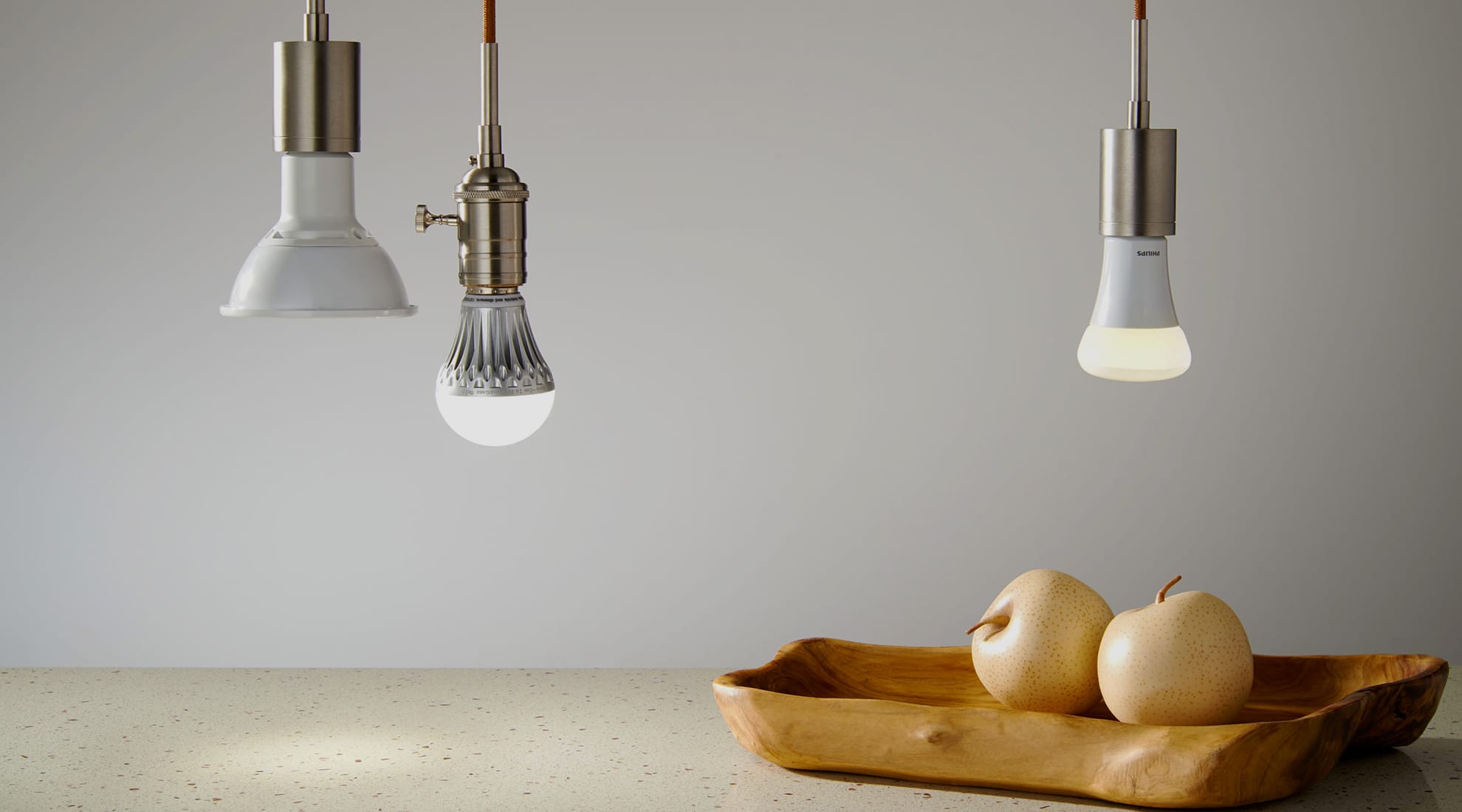

Articles
How Many Lumens 100 Watt Incandescent Bulb
Modified: January 8, 2024
Discover the benefits of using a 100 Watt incandescent bulb and learn how many lumens it produces. Read our informative articles on this topic.
(Many of the links in this article redirect to a specific reviewed product. Your purchase of these products through affiliate links helps to generate commission for Storables.com, at no extra cost. Learn more)
Introduction
Welcome to our article on how many lumens a 100 watt incandescent bulb emits. Illumination plays a crucial role in our daily lives, enabling us to perform tasks and navigate our surroundings with ease. Technological advancements have revolutionized the way we light our homes and businesses, offering more energy-efficient alternatives to traditional incandescent bulbs.
One important aspect of lighting is lumens, which measures the amount of visible light emitted by a light source. In the past, wattage was commonly used to determine the brightness of a bulb, with higher wattage typically indicating a brighter light. However, with the advent of energy-efficient lighting options, wattage is no longer an accurate indicator of brightness.
In this article, we will explore the concept of lumens, delve into the lumens emitted by a 100 watt incandescent bulb, compare it to other types of bulbs, and consider the energy efficiency implications. Let’s shed some light on the topic and discover the true brightness of a 100 watt incandescent bulb.
Key Takeaways:
- Lumens, not wattage, accurately measure a bulb’s brightness. A 100 watt incandescent bulb emits 1600-2200 lumens, but LED bulbs offer the same brightness with significantly less energy consumption, making them the superior choice.
- LED bulbs outshine incandescent, halogen, and CFL bulbs in energy efficiency and longevity. They provide the same brightness as a 100 watt incandescent bulb while using much less energy and lasting significantly longer.
Understanding Lumens
Before we dive into the specifics of a 100 watt incandescent bulb, it’s important to have a solid understanding of lumens. Lumens are a unit of measurement used to quantify the amount of visible light emitted by a light source. In simpler terms, it measures brightness.
Unlike wattage, which measures the amount of electricity a bulb consumes, lumens directly reflect the actual light output. This means that a bulb with a higher lumen count will produce more light, regardless of its wattage. Lumens provide a standardized way to compare the brightness of different types of bulbs, allowing consumers to make informed decisions when purchasing lighting fixtures.
To put it into perspective, here are some common lumen ranges for various lighting applications:
- A 40-watt incandescent bulb typically emits around 450-800 lumens.
- A 60-watt incandescent bulb typically emits around 800-1100 lumens.
- A 75-watt incandescent bulb typically emits around 1100-1600 lumens.
- A 100-watt incandescent bulb typically emits around 1600-2200 lumens.
It’s important to note that these ranges can vary slightly depending on the specific bulb and manufacturer. However, they provide a general guideline for gauging the brightness of different incandescent bulbs.
Now that we have a basic understanding of lumens, let’s delve into the specific lumen output of a 100 watt incandescent bulb and how it compares to other types of bulbs.
Lumens of a 100 Watt Incandescent Bulb
A 100 watt incandescent bulb is known for its bright and warm glow. In terms of lumens, a typical 100 watt incandescent bulb emits around 1600-2200 lumens. This means that it produces a significant amount of visible light, making it suitable for various lighting applications.
However, it’s important to note that the lumen output of a 100 watt incandescent bulb can vary depending on factors such as the bulb’s design, efficiency, and age. Older incandescent bulbs may emit slightly fewer lumens due to filament degradation over time.
Compared to other types of bulbs, a 100 watt incandescent bulb is relatively bright. For example, an equivalent LED bulb with a lumen output of around 1600-2200 lumens would consume significantly less power, typically ranging from 12 to 20 watts. This significant difference in wattage demonstrates the energy efficiency advantages of LED bulbs over traditional incandescent bulbs.
While a 100 watt incandescent bulb may provide ample brightness, it is worth considering the energy consumption associated with its usage. Incandescent bulbs are notorious for their inefficiency, as they convert a large portion of the energy they consume into heat rather than light. This inefficiency translates into higher energy bills and a greater environmental impact.
To address these concerns, many countries have implemented regulations to phase out incandescent bulbs and promote more energy-efficient alternatives. LED bulbs, for example, can provide the same level of brightness with significantly lower energy consumption and longer lifespan.
In summary, a 100 watt incandescent bulb emits around 1600-2200 lumens of light. While it can provide sufficient brightness for various applications, it is important to consider the energy efficiency implications and explore alternative lighting options like LED bulbs.
When comparing the brightness of a 100 watt incandescent bulb to lumens, it typically produces around 1600 lumens. This can help you choose a suitable LED or CFL replacement.
Comparison with Other Bulbs
When it comes to choosing the right bulb for your lighting needs, it’s important to consider not only the brightness but also the energy efficiency and lifespan of the bulb. Let’s compare the 100 watt incandescent bulb with other commonly used bulbs to see how they stack up in terms of lumens, energy consumption, and longevity.
LED Bulbs: LED bulbs have become increasingly popular due to their energy efficiency and long lifespan. A typical LED bulb with a lumen output of 1600-2200 lumens consumes only 12-20 watts of electricity. This means that an LED bulb can provide the same level of brightness as a 100 watt incandescent bulb while using significantly less energy. Additionally, LED bulbs can last up to 25 times longer than incandescent bulbs, making them a cost-effective and sustainable lighting option.
CFL Bulbs: Compact fluorescent lamps (CFL) are another energy-efficient alternative to incandescent bulbs. While not as efficient as LED bulbs, CFL bulbs can still provide a substantial amount of light with lower energy consumption. A CFL bulb with a lumen output similar to a 100 watt incandescent bulb typically consumes around 23-30 watts of electricity. CFL bulbs have a longer lifespan than incandescent bulbs but not as long as LED bulbs.
Halogen Bulbs: Halogen bulbs are a type of incandescent bulb that uses halogen gas to improve energy efficiency and lifespan. However, they are still less efficient than LED or CFL bulbs. A halogen bulb with a lumen output comparable to a 100 watt incandescent bulb typically consumes around 72-100 watts of electricity. While halogen bulbs have a longer lifespan than traditional incandescent bulbs, they are not as durable as LED or CFL bulbs.
It’s clear that LED bulbs outshine other types of bulbs when it comes to energy efficiency and longevity. They provide the same level of brightness as a 100 watt incandescent bulb while consuming significantly less energy and lasting much longer. LED bulbs are the smart choice for those looking to reduce their energy consumption and carbon footprint while enjoying high-quality lighting.
It is worth noting that the lumen output ranges mentioned may vary slightly depending on the specific bulb brand and model. It is always a good idea to check the packaging or product specifications for accurate information before making a purchase.
Now that we have compared the 100 watt incandescent bulb with other bulbs, let’s explore the energy efficiency considerations when choosing the right lighting option.
Energy Efficiency Considerations
When it comes to lighting, energy efficiency is a key consideration. Not only does it have a significant impact on your energy bills, but it also contributes to reducing greenhouse gas emissions and environmental impact. Let’s explore some important energy efficiency considerations when choosing the right bulb.
1. Lumens per Watt Efficiency: One of the most critical factors in energy efficiency is the lumens per watt ratio. This ratio measures the amount of visible light (lumens) produced per unit of electrical power (watt). LED bulbs are the most efficient, typically providing more lumens per watt compared to other types of bulbs. This means you can achieve the same level of brightness while using less energy.
2. Longevity and Lifespan: The lifespan of a bulb is an essential factor in energy efficiency. LED bulbs have a significantly longer lifespan compared to incandescent, halogen, and CFL bulbs. This means you won’t need to replace LED bulbs as frequently, reducing waste and saving money in the long run.
3. Energy Savings: Switching to energy-efficient bulbs can result in substantial energy savings over time. LED bulbs consume significantly less electricity compared to incandescent bulbs. By replacing a 100 watt incandescent bulb with an equivalent LED bulb that consumes around 12-20 watts, you can save up to 80% in energy consumption.
4. Heat Dissipation: Incandescent bulbs are notorious for producing a large amount of heat while emitting light. This wasted energy contributes to higher energy consumption and discomfort in warm environments. LED bulbs, on the other hand, produce significantly less heat, making them more energy-efficient and comfortable to use.
5. Environmental Impact: Energy-efficient bulbs, such as LED bulbs, have a lower environmental impact compared to incandescent bulbs. By reducing energy consumption, you can directly contribute to reducing greenhouse gas emissions and preserving natural resources. LED bulbs are also free from toxic materials such as mercury, making them safer for both the environment and human health.
Considering these energy efficiency factors, it is clear that LED bulbs are the superior choice. They provide high lumen output per watt, have a long lifespan, result in significant energy savings, dissipate less heat, and are more environmentally friendly compared to incandescent and other types of bulbs.
Make the switch to LED lighting and experience the benefits of energy-efficient, cost-effective, and sustainable illumination.
Conclusion
In conclusion, determining the brightness of a bulb goes beyond wattage. Lumens serve as a more accurate measure of how much visible light a bulb emits. While a 100 watt incandescent bulb typically emits around 1600-2200 lumens, it is important to consider the energy efficiency and lifespan of the bulb.
Comparing the 100 watt incandescent bulb to other types of bulbs, it becomes clear that LED bulbs outshine the competition in terms of energy efficiency. LED bulbs can provide the same level of brightness as a 100 watt incandescent bulb while using significantly less energy, typically ranging from 12-20 watts. Additionally, LED bulbs have a much longer lifespan, reducing the need for frequent replacements.
Energy efficiency considerations are vital when choosing the right bulb. LED bulbs not only provide energy savings but also help reduce greenhouse gas emissions and minimize environmental impact. They produce more lumens per watt, dissipate less heat, and don’t contain hazardous materials like mercury.
By making the switch to LED bulbs, you can save money on energy bills, contribute to a healthier environment, and enjoy long-lasting, high-quality lighting. The era of relying solely on wattage to gauge brightness is over. Now, with lumens as the standard measurement, we can make informed choices for efficient and sustainable lighting.
So, the next time you’re in need of a bright and efficient light source, remember that lumens matter, and LED bulbs are the clear winner in terms of energy efficiency, longevity, and environmental impact.
Frequently Asked Questions about How Many Lumens 100 Watt Incandescent Bulb
Was this page helpful?
At Storables.com, we guarantee accurate and reliable information. Our content, validated by Expert Board Contributors, is crafted following stringent Editorial Policies. We're committed to providing you with well-researched, expert-backed insights for all your informational needs.
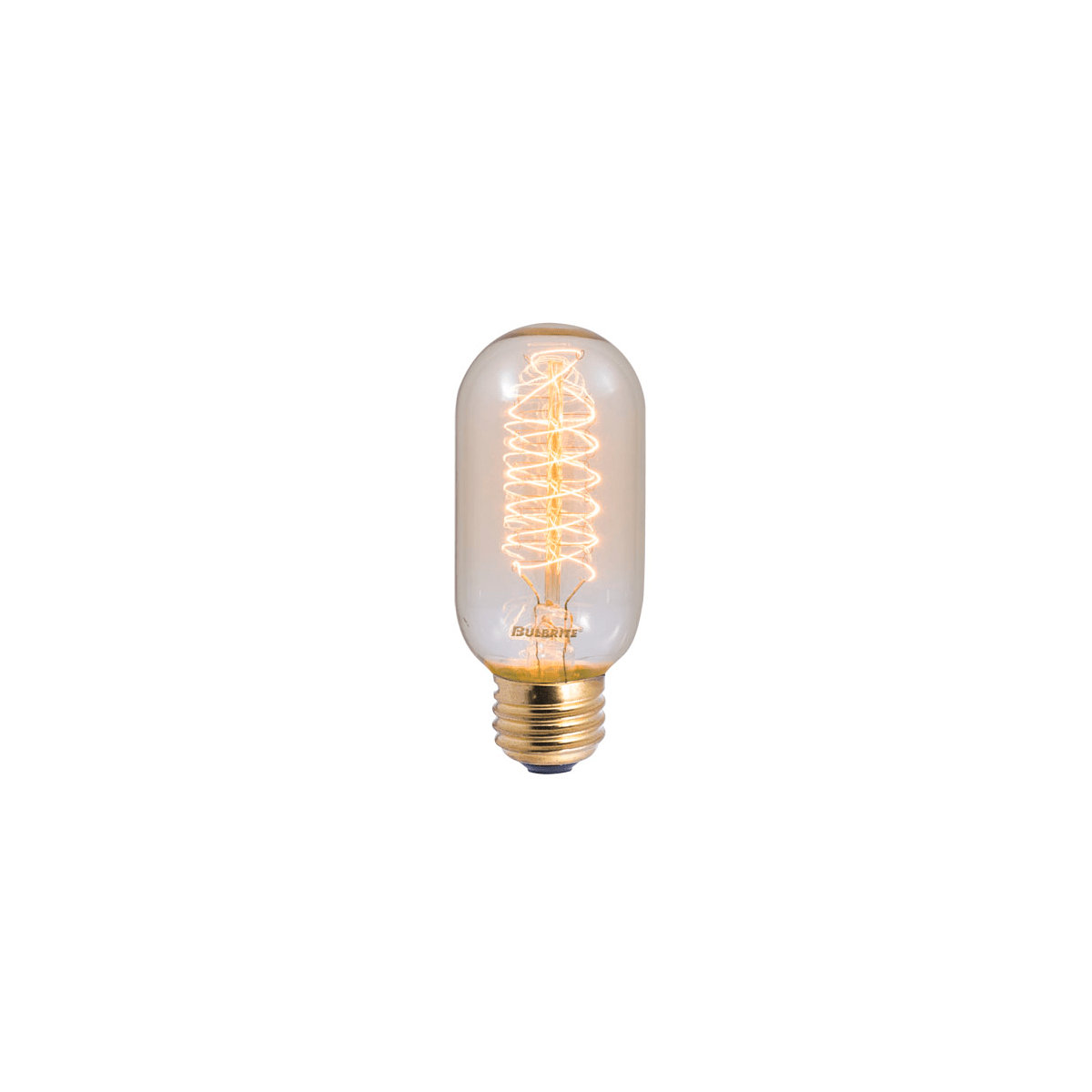
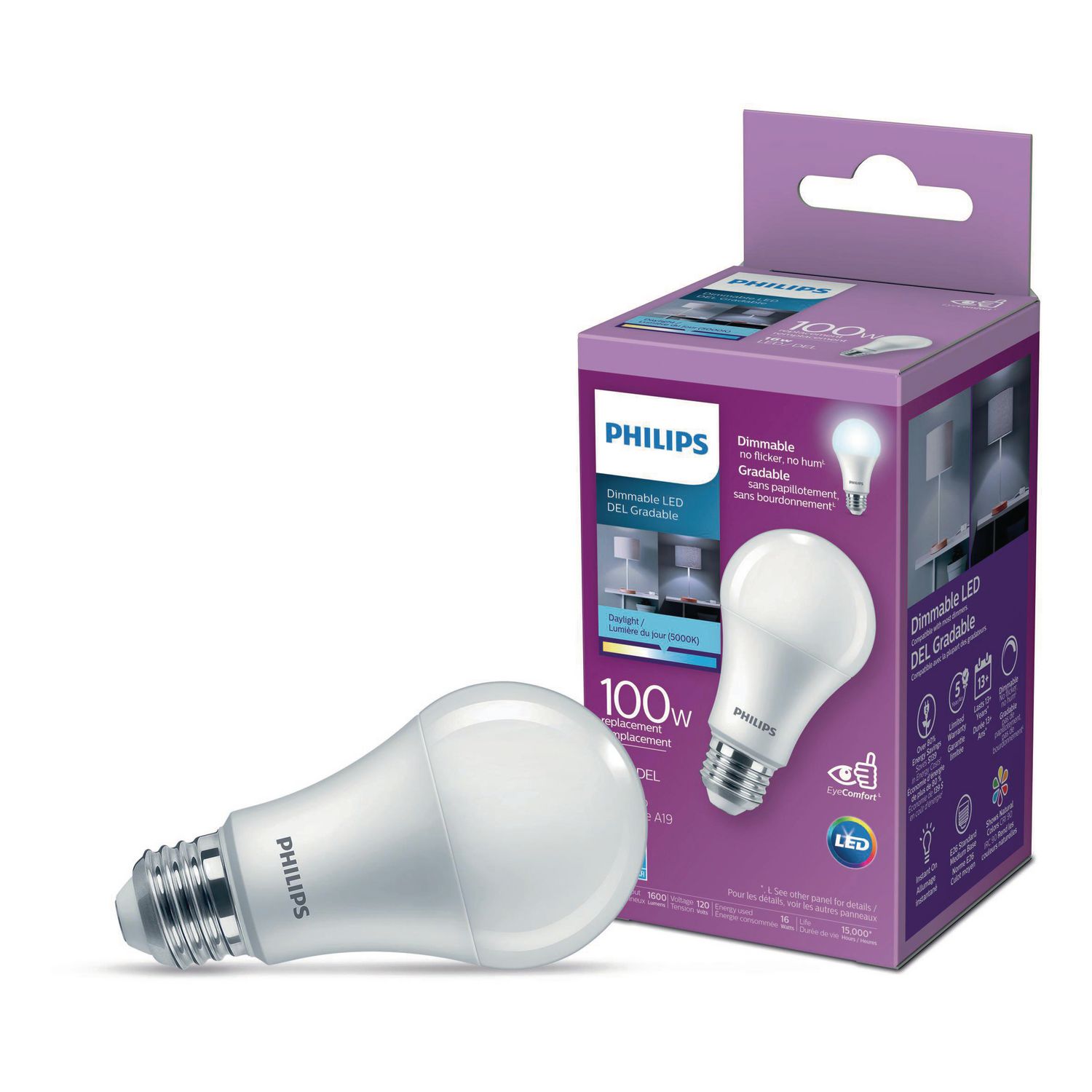
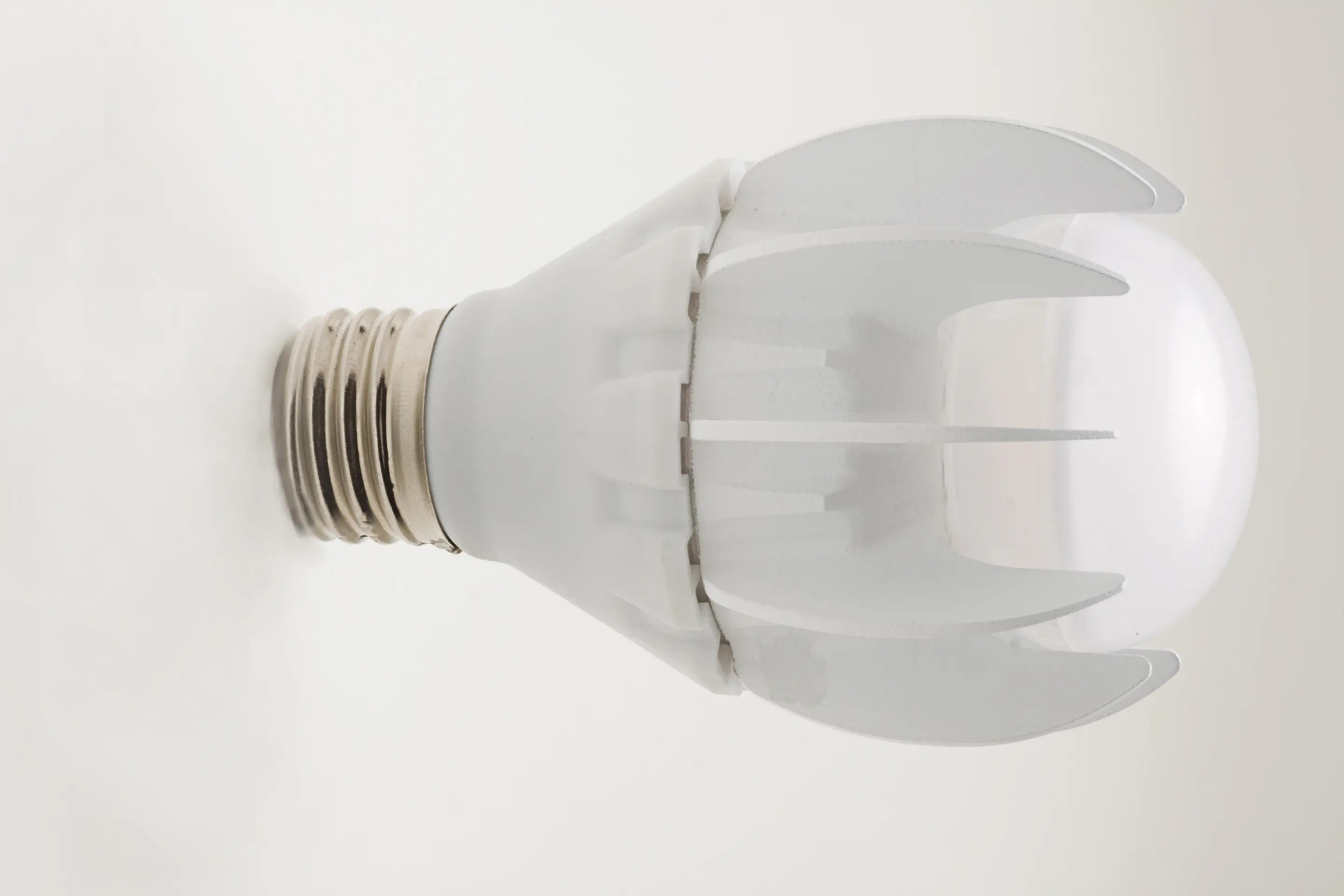
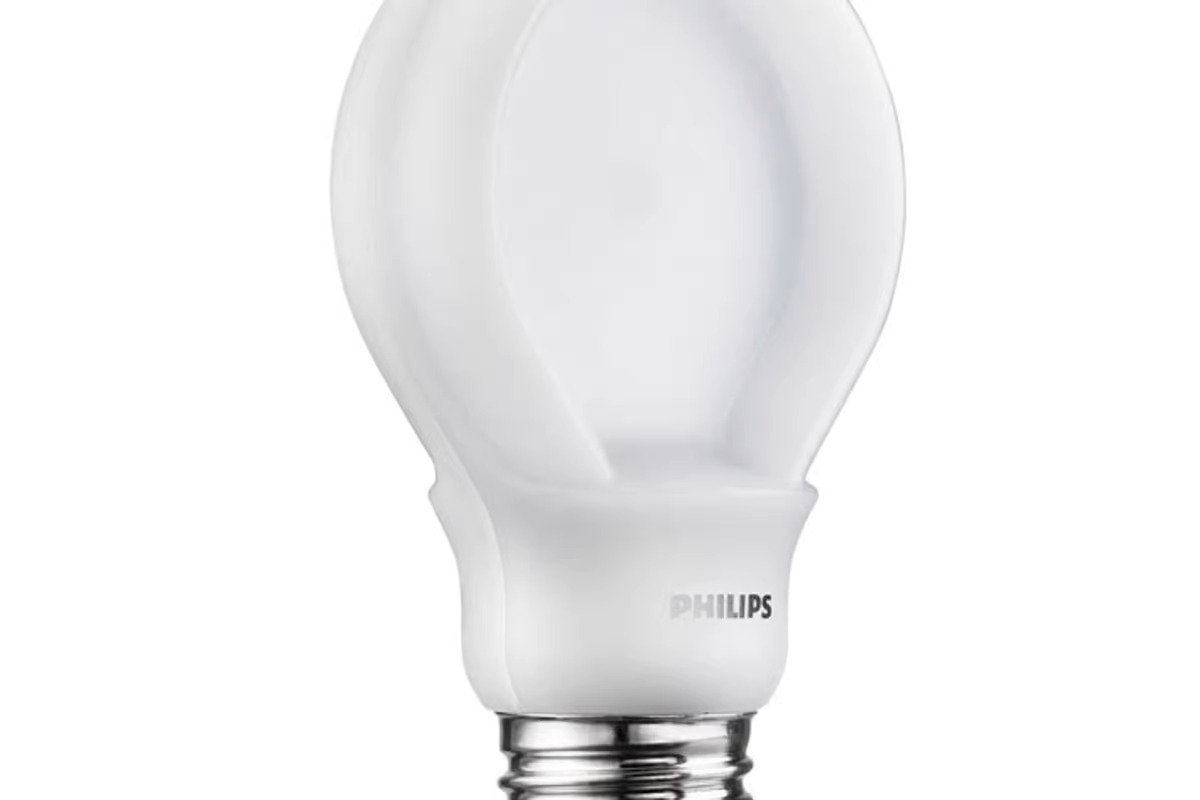
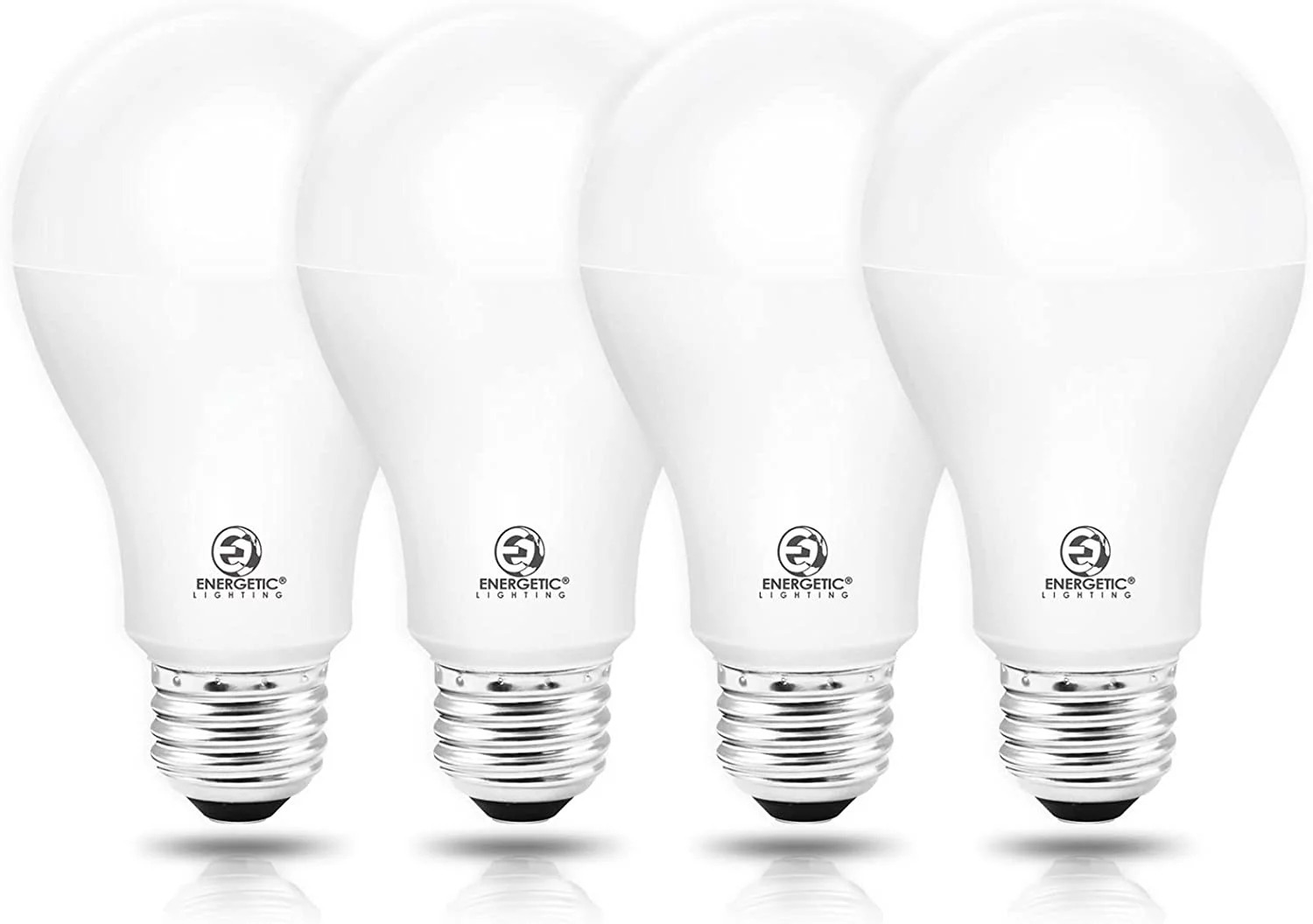
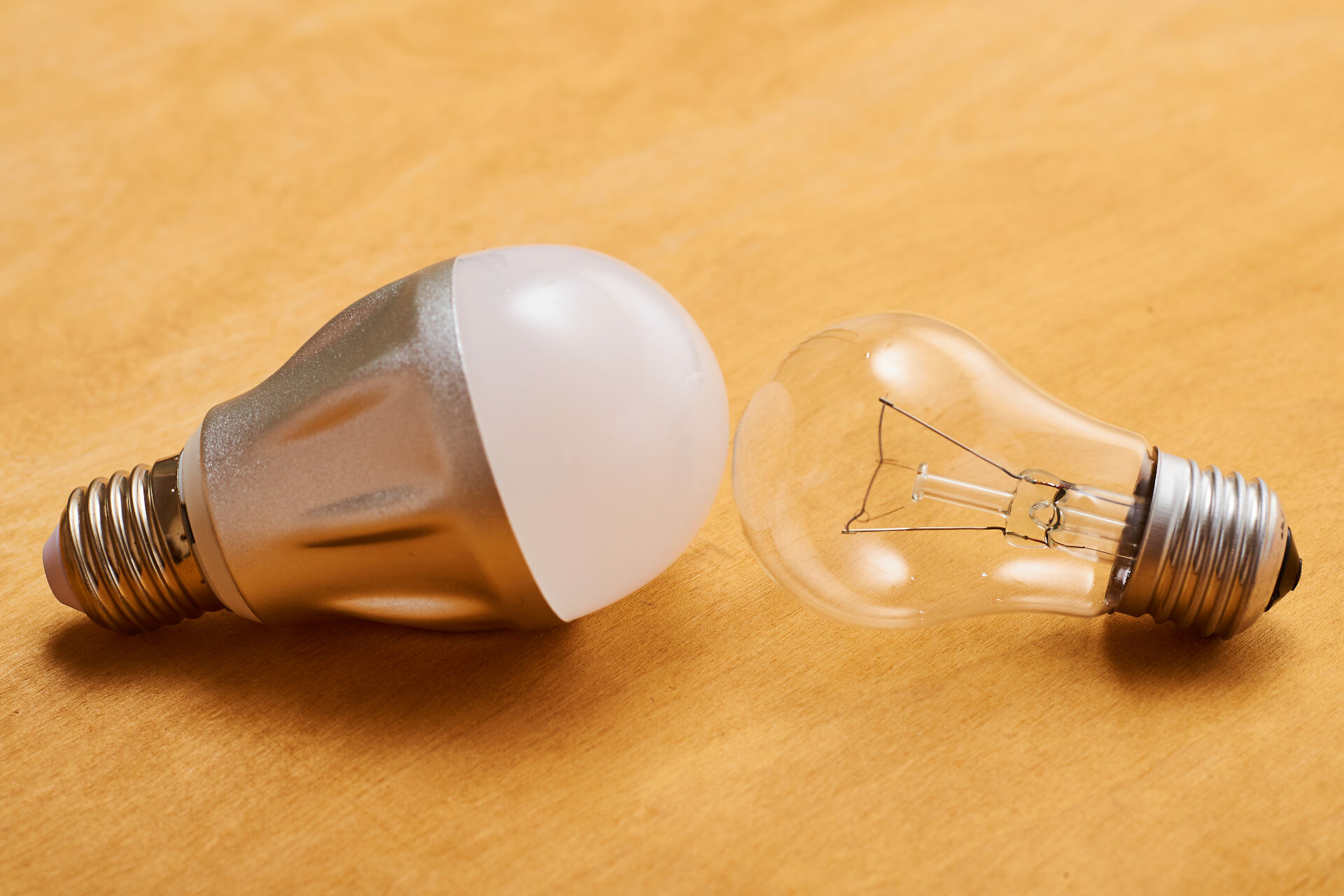
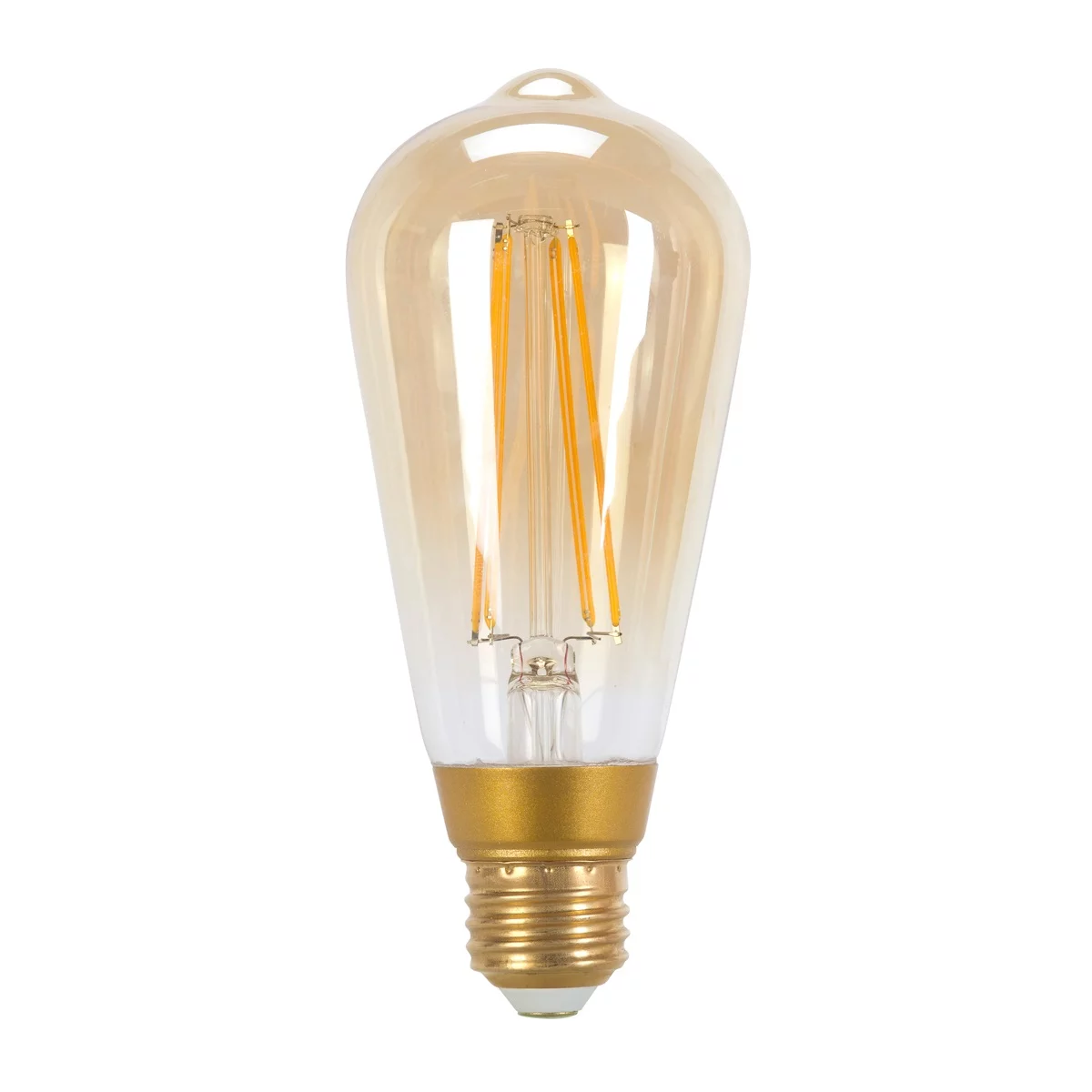
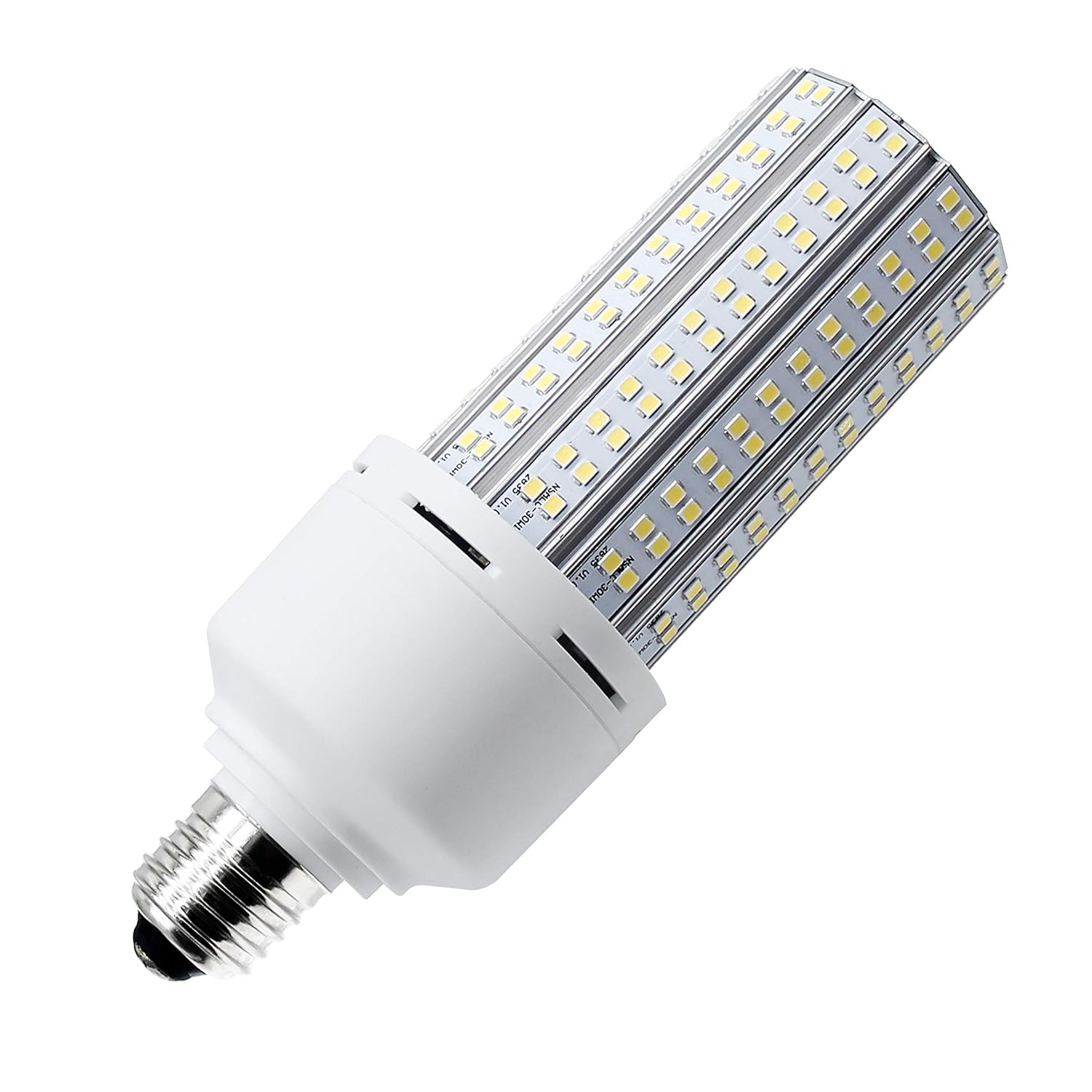
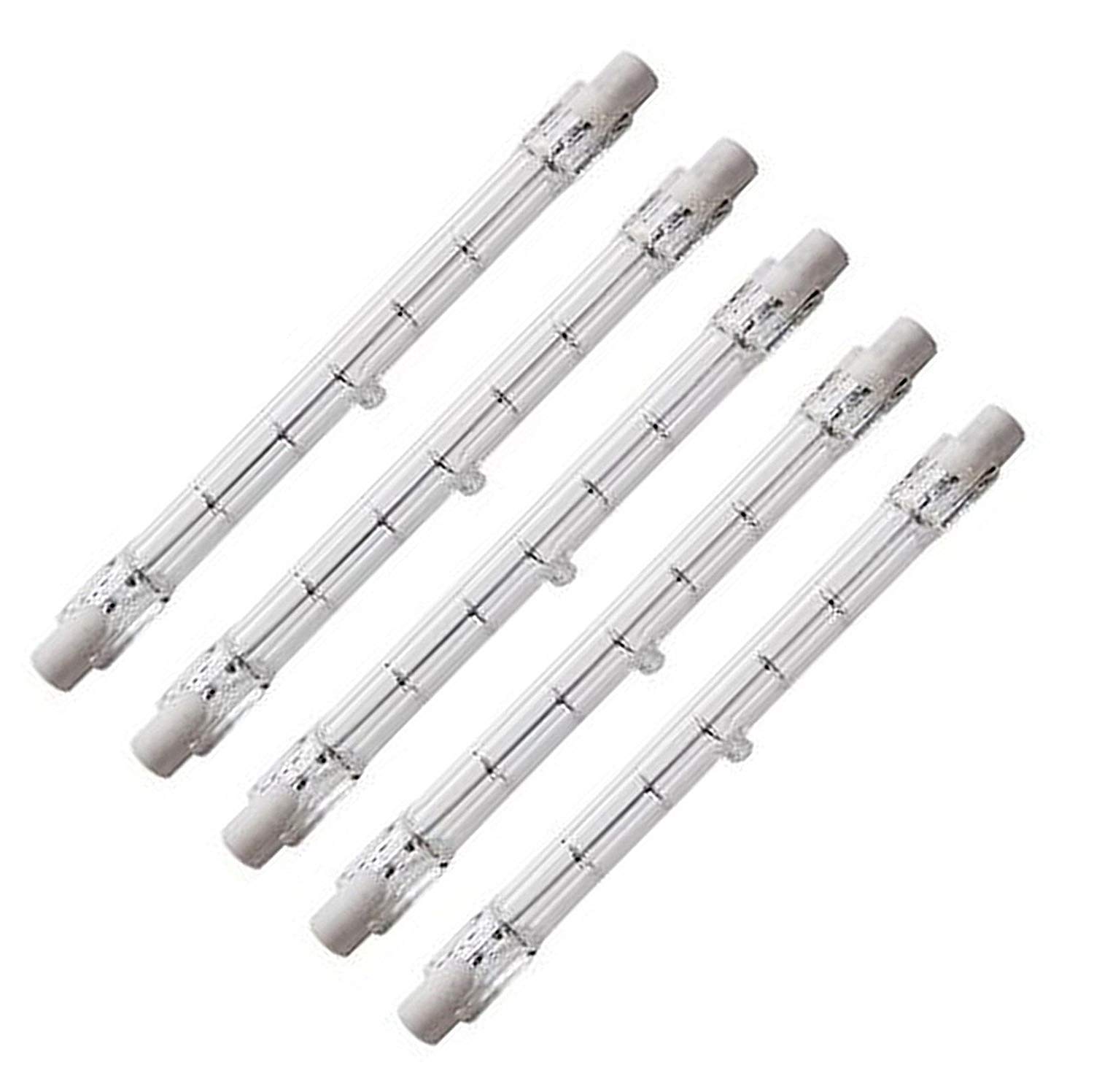
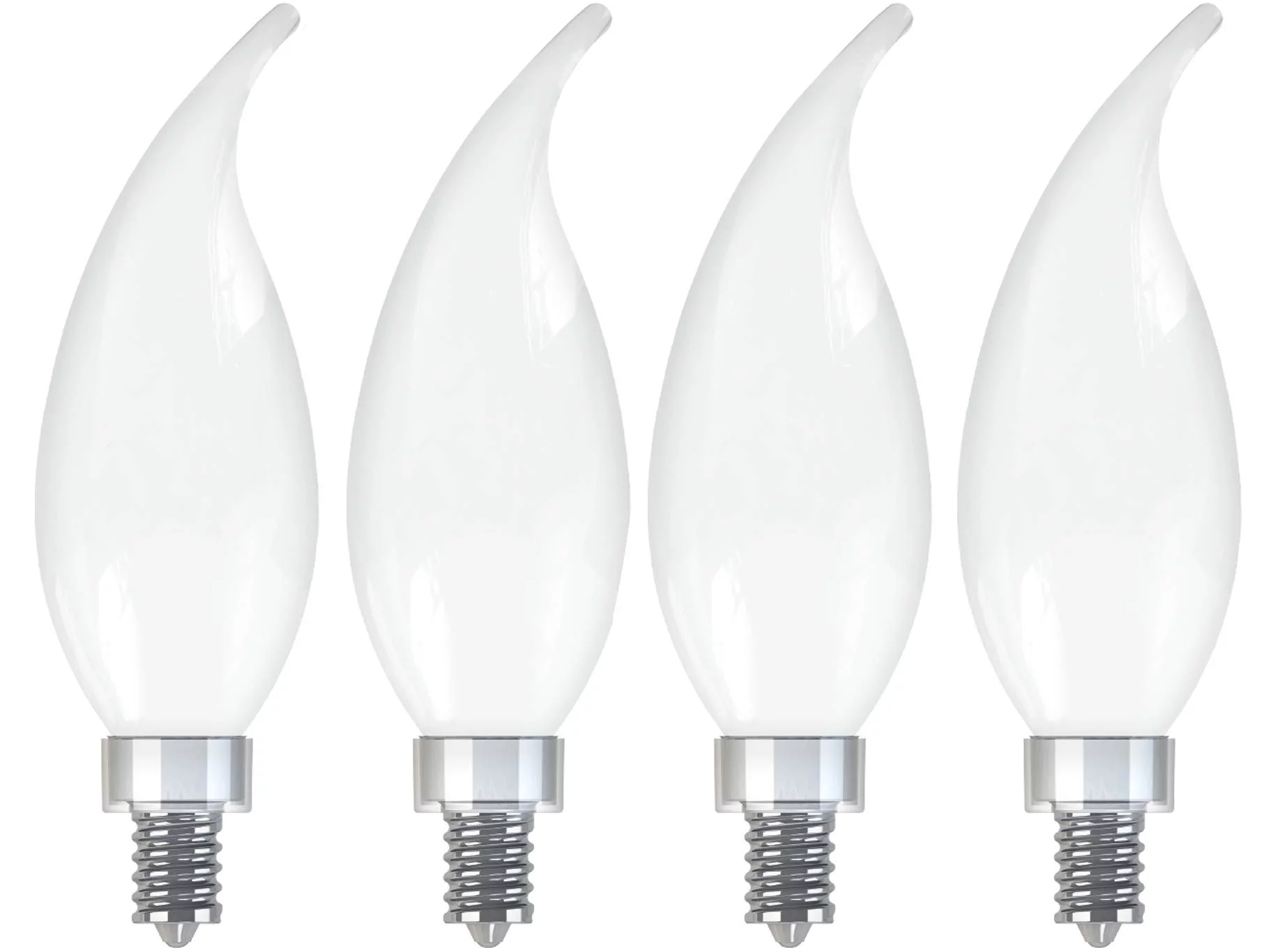
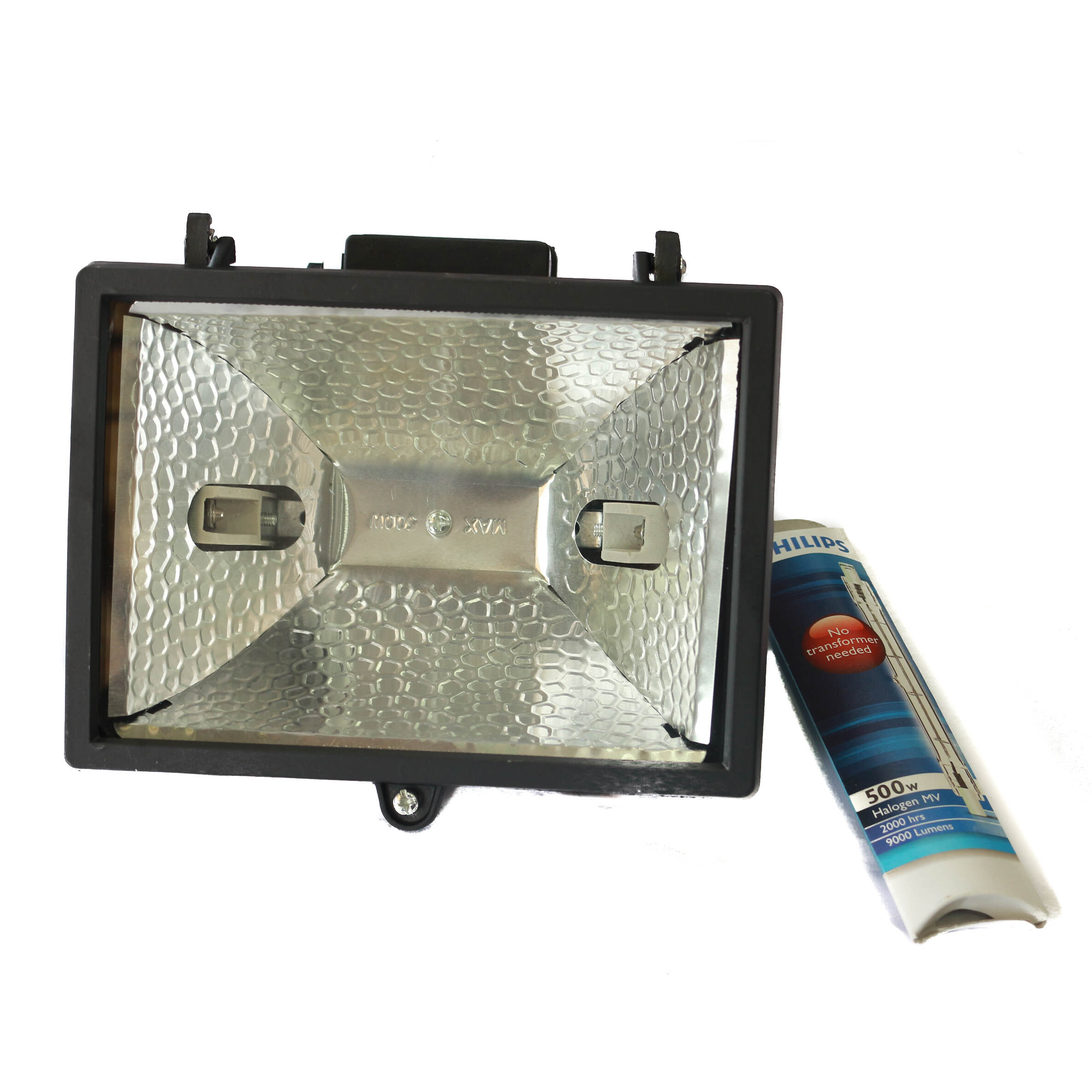
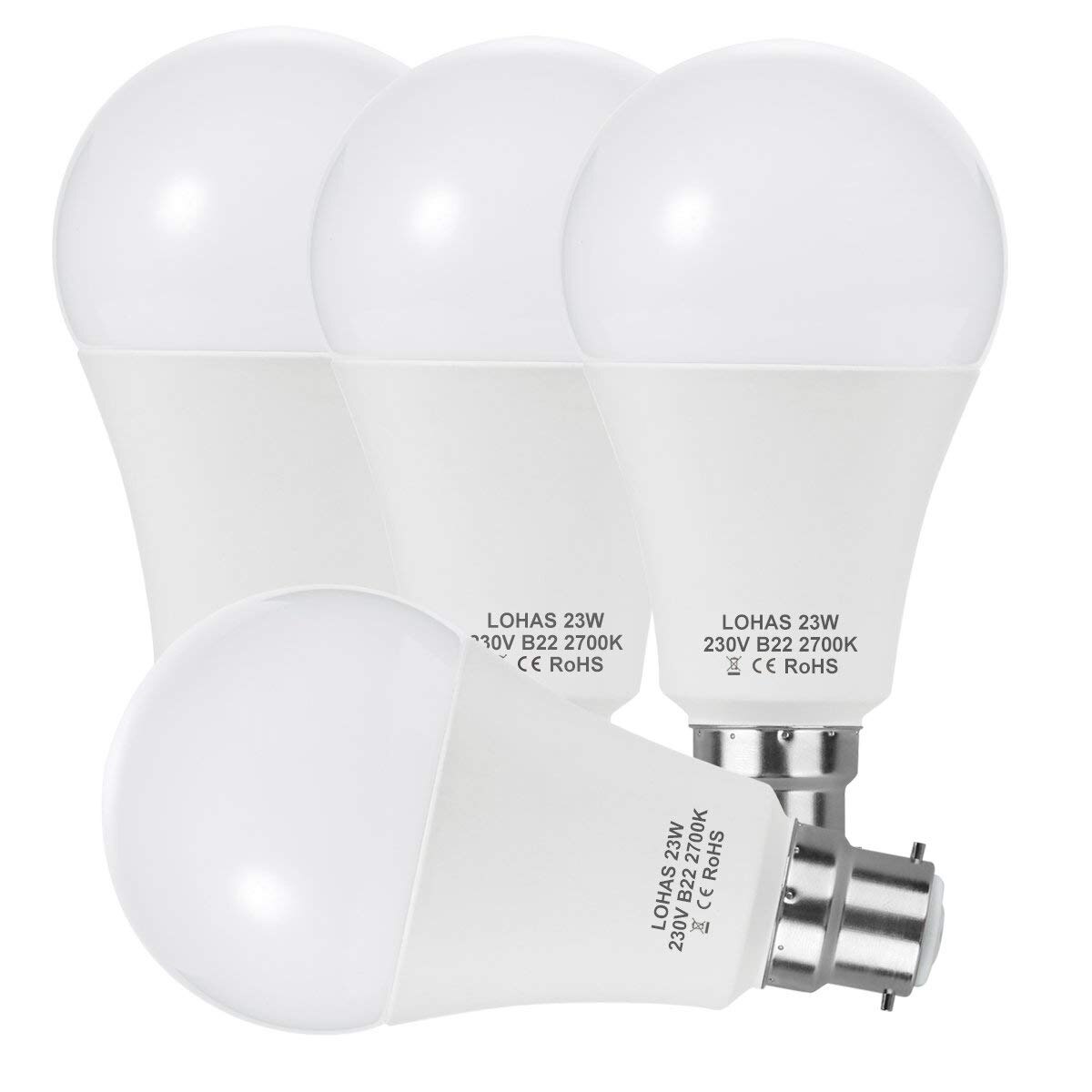
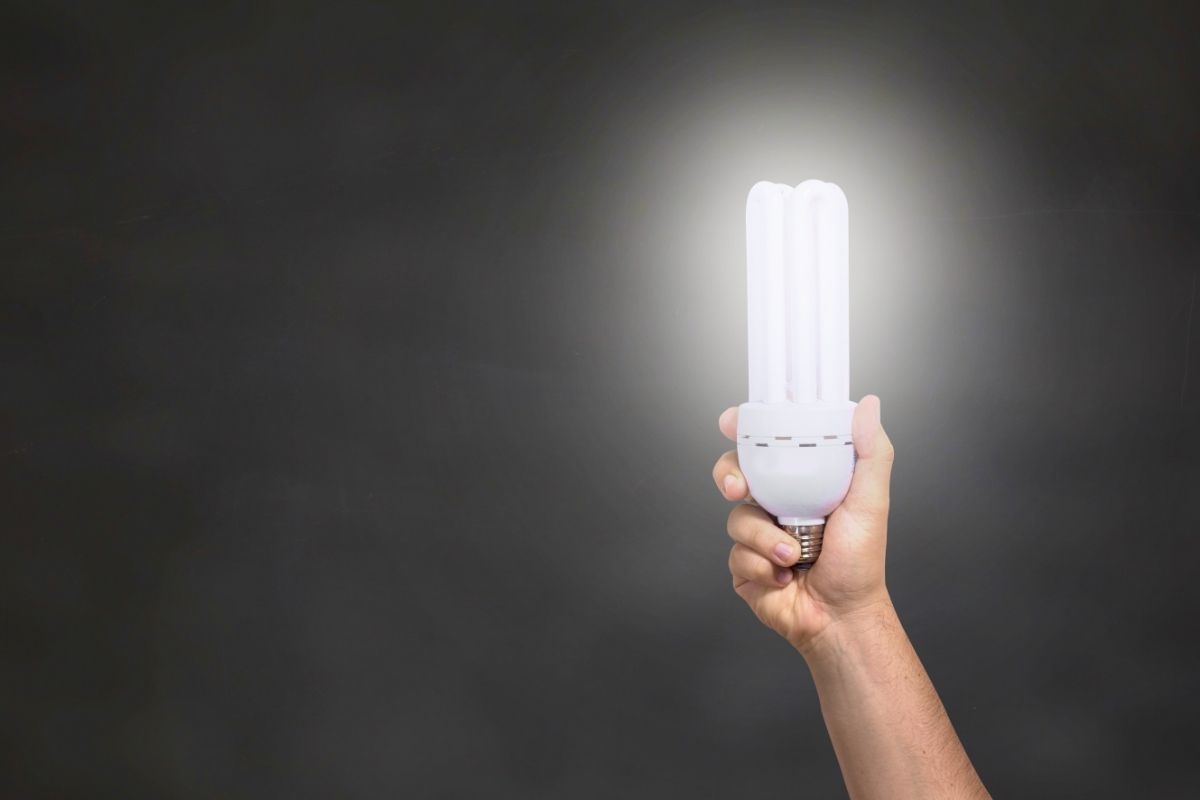
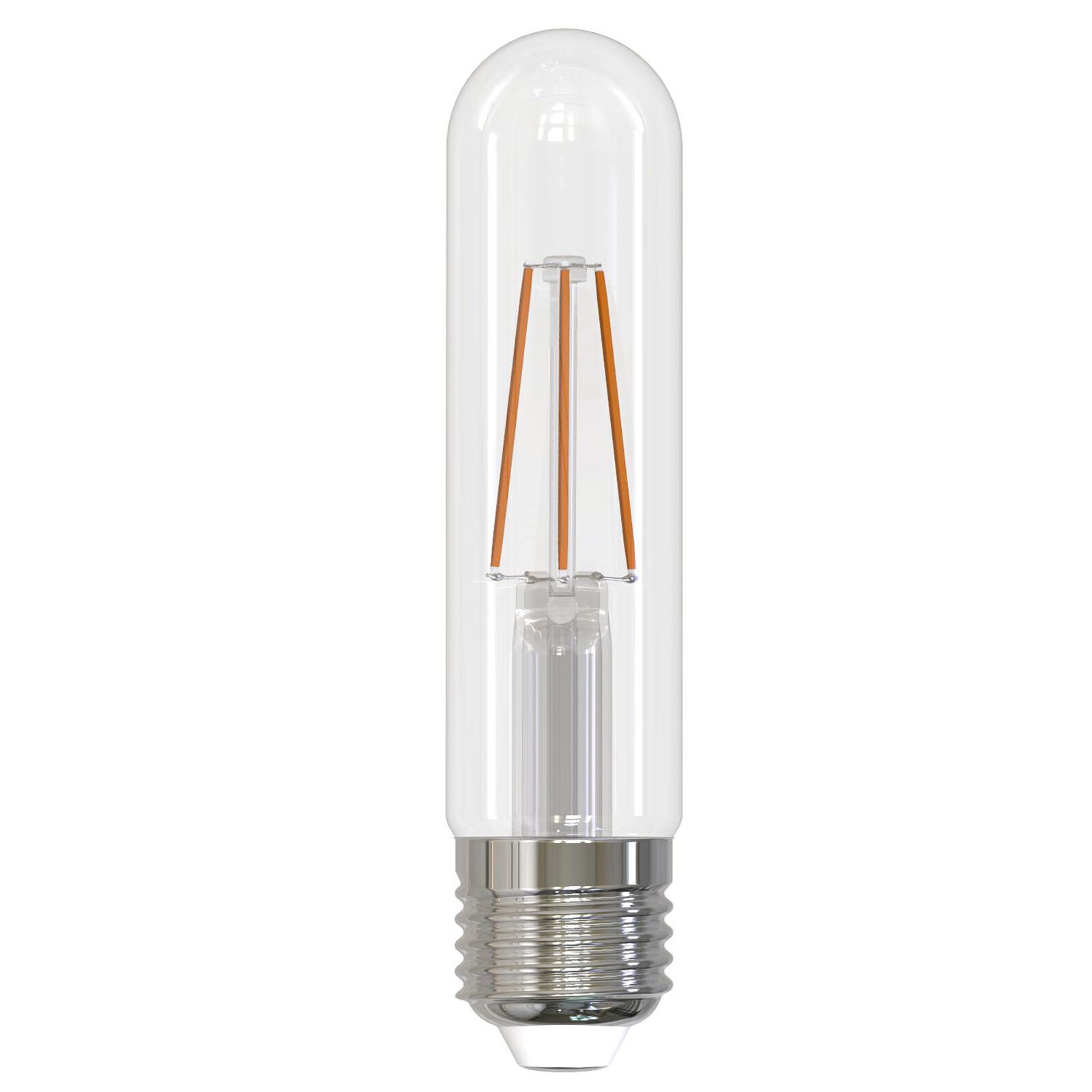

0 thoughts on “How Many Lumens 100 Watt Incandescent Bulb”